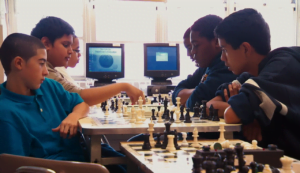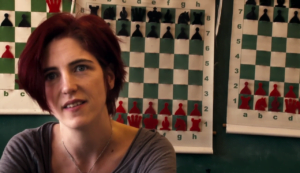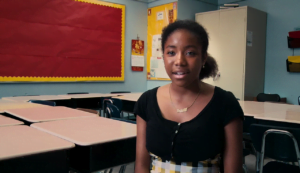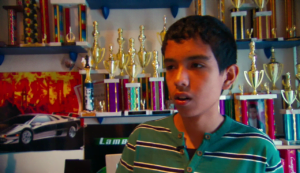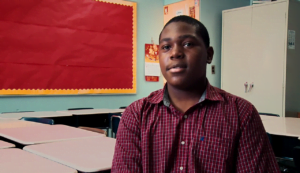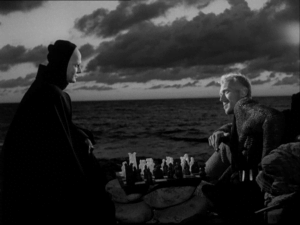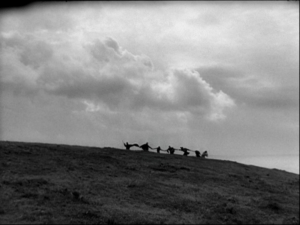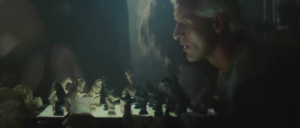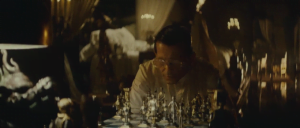Last week we paid a visit to a newly opened café in Bristol, Chance & Counters – the first café in Bristol to cater exclusively to board games, created by friends Richard Scarsbrook, Steve Cownie, Alex Ratcliffe and Luke Neal. It’s our intention here at Regency Chess to really reach out to the growing number of establishments that are providing a home for chess, and board games more broadly, within the cosy, vibrant environments of cafés and bars. Whether you’re a board game enthusiast or simply looking for a new experience, the prospect of having a venue to sit down with a group of friends (or strangers!) over a cup of coffee or a glass of wine to play a game of chess, monopoly or whatever you should fancy is an exciting one.
CHANCE & COUNTERS

Nestled at the bottom of Christmas Steps, Bristol, just off Colston Avenue, Chance Encounters looks very much like a standard café, innocuous in its appearance. What stands out, however, is its quirky sign, attached to the side of the building; and, of course, your eyes are immediately drawn to “board game café”. At first it’s a little bit of a curiosity, but when you stop and think about it, it’s very much an obvious direction for a café or bar to go in. When it comes to creating a diverse, dynamic and inspired environment, building it around inherently social activities is a no-brainer.
Upon entry, both Julian and myself were very much impressed; Chance

Encounters is an excellent example of how to put such an enterprise to together. Not only were we treated to great customer service, a very friendly and open chat about how the business came together, but we were able to witness the fruits of their hard work paying off first hand. Although it was quiet when we arrived (roughly 10:30 in the morning), we witnessed a steady stream of customers coming in during our time there, all of whom were sampling the games on offer.
95% OF CUSTOMERS ARE HERE TO PLAY
The décor is modern and minimalistic, and although it’s still in the early stages of development, it’s clear that the focus is on the interactions of players and of what’s going on across the purpose-built tables. And that, arguably, is exactly where it should be. The vast array of boards games, tastefully and clearly positioned on a wide black shelf in front of the counter, are the centrepiece of the café’s aesthetic. The selection they have on offer is quite eclectic, and there’s certainly something for everyone within their current selection of over three-hundred(!), a number which is sure to grow as the business picks up speed.

The time we spent there was fun and interesting, and we even had a chance to chat with one of the owners, Richard Scarsbrook, enjoying our tea and coffee and treating ourselves to a game of chess. Chance & Counters in part comes off the back of Scarsbrook’s own background, writing his MBA dissertation on small businesses – specifically a case study in board game cafés. When asked about the ratio between customers coming in just for a drink or a slice of cake, against those who do so to play a game, he said roughly “95% of customers are gamers”. That’s quite a percentage, and definitely speaks to the demand for such a business and the interest in alternative venues.
KICKSTARTING IT ALL
Like many small businesses with nascent ideas, the guys turned to Kickstarter in order to fulfil their goal. Crowdfunding campaigns are a great way to assess interest and get yourself off the ground, whilst also rewarding backers for their support. The team set themselves a £10,000 target, but like many of the best campaigns rocketed on past it to over £13,000, allowing them to stock more games and expand the café. The reward tiers included a variety of different membership deals (discounts, lifetime membership, etc.) and more personal rewards, such as having tournaments held in your name, or “thank you” cards within a board game of your choice. The campaign took place over the course of a month – January to February – and in spite of a few inevitable delays, the campaign’s success allowed them to open at the end of May.

For our game of chess, Julian and I opted for the ‘Kasparov Championship Chess Set’. It comes with a sleek, elegant wooden board with nine-centimetre pieces. The game was short, and Julian lost – too busy enjoying his coffee, I should imagine. I’m sure he’ll have a chance to come back in the future. On the subject of coffee, it’s worth noting how reasonably priced the café is for the quality on offer. Lattes and cappuccinos are in the £2 range, tea a very reasonable £1.80 – coming in a narrow mug – with a good selection of affordable wines (which we hope to sample the next time!)
As we were leaving, Scarsbrook was leaning over the table of a young couple playing a board game that was relatively new to them, and he was enthusiastically, and politely, explaining how to play it. The enthusiasm on display is evident and the guys’ passion for their business clear. It’s fantastic that they’ve managed to get this up and running in Bristol, and we highly recommend you pay it a visit the next time you’re in town.

The Essential Information
http://www.chanceandcounters.com
Tel: 0117 329 1700


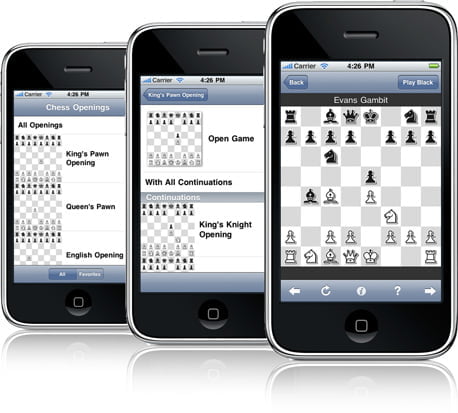






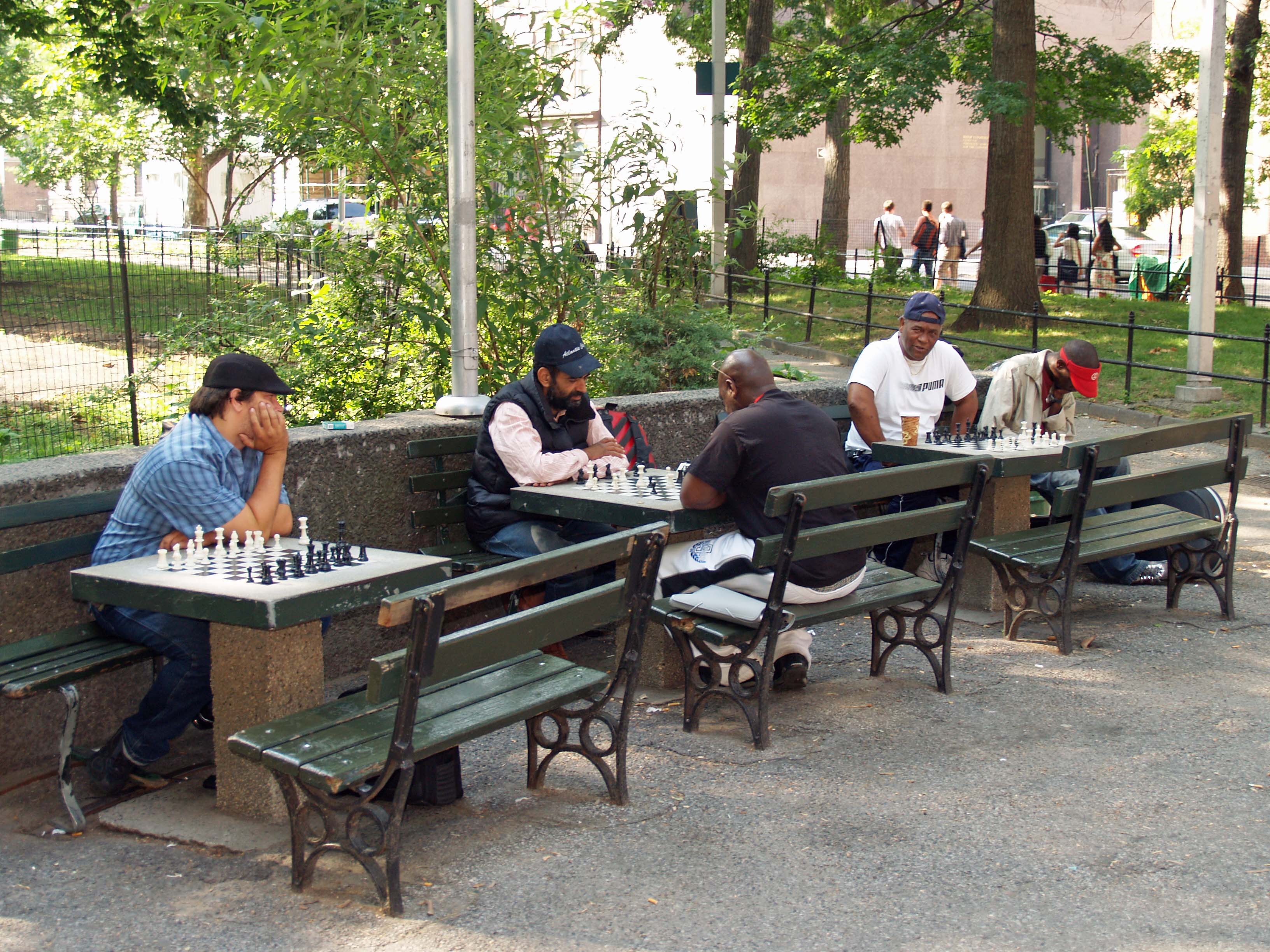





 The game of croquet has been played in some form or other for hundreds of years, in the 1800s it was formalised as the game we now call ‘Croquet’. It remained hugely popular for many years but eventually became eclipsed by tennis. Many croquet lawns were converted into tennis courts and today tennis courts outnumber croquet lawns by quite a margin.
The game of croquet has been played in some form or other for hundreds of years, in the 1800s it was formalised as the game we now call ‘Croquet’. It remained hugely popular for many years but eventually became eclipsed by tennis. Many croquet lawns were converted into tennis courts and today tennis courts outnumber croquet lawns by quite a margin.
